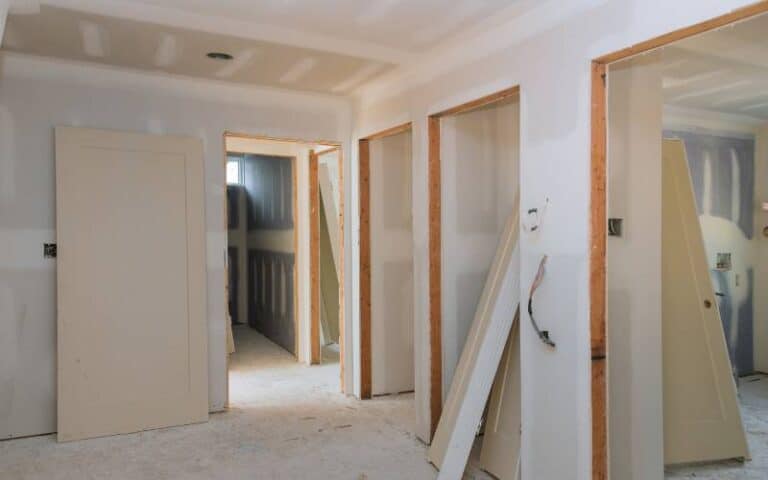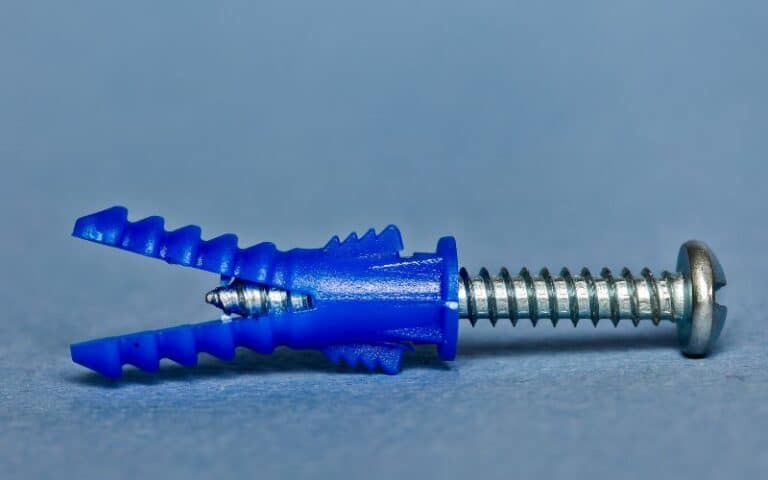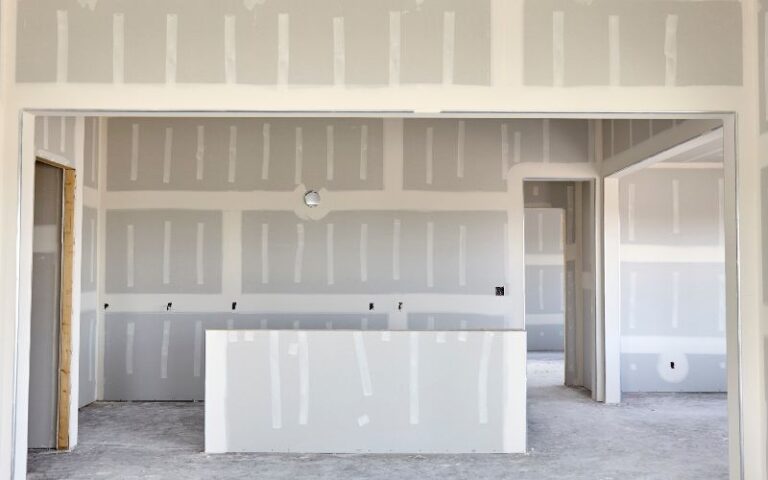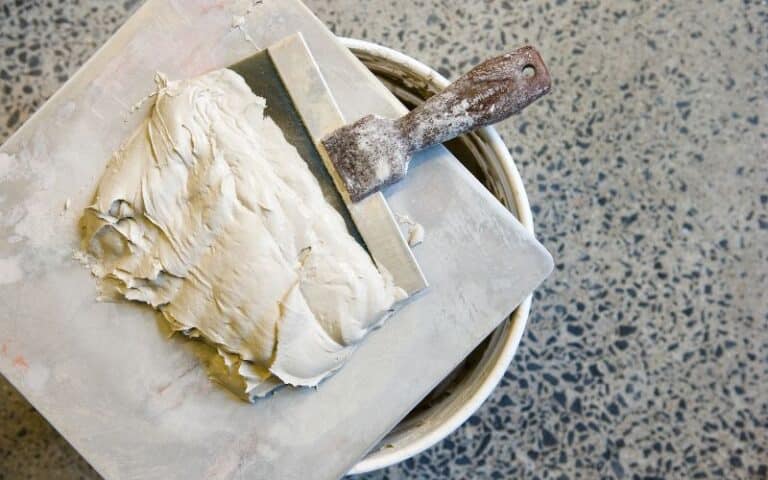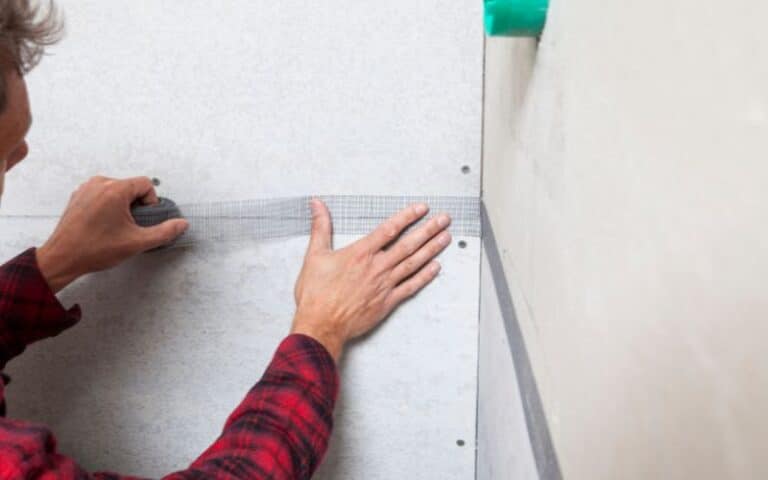Setting up your drywall can be an issue, but when you get the hang of it, it wouldn’t be that much stress anymore.
Hanging or aligning drywall is not a big deal when tapering certain angles; the work becomes much easier.
This brings us to the question, how many tapered edges should we have on our drywall?
An ideal drywall should have two tapered edges that can easily fit together. Matching two straight edges can be rough and stressful, but you can perfectly hold the tapered edges in with drywall tape and compound.
In this article, we will instruct you on how to properly taper your drywall and tell you the number of edges you need to taper.
Ready for a Drywall Quiz?
How Many Tapered Edges Are on an Ideal Drywall?
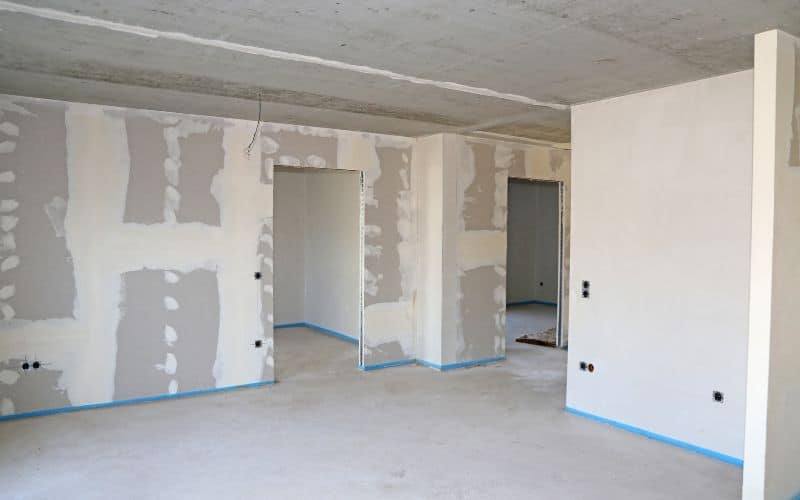
An ideal drywall is expected to have two tapered edges on the longer sides of the seam.
Another good alternative for the tapered edges is the butt joint.
A butt joint is usually when the edges of the two drywall sheets are the same thickness as the rest, and no parts are tapered down.
For instance, if the sheet is 1/8-inch thick originally, the edges of the sheets would also be 1/8-inch thick, and if you bring the edges together, you form a butt joint.
The table below contains the pros and cons of the butt joint.
| Pros of the Butt Joint | Cons of the Butt Joint |
|---|---|
| It is very versatile. | It requires more mud work. |
| It needs less mud when compared to tapered joints. | Tapes might still be visible. |
From having an idea of what the butt joint is, the tapered joint is just like the direct opposite.
In this case, the thickness of the sheet is reduced along the edges. The joint then forms the tapered joint.
For instance, if the sheet is ½ inch thick, the edge of the sheet can be 1/8 inch thick, which is much thinner than the original sheet.
The table below contains the pros and cons of the tapered joint.
| Pros of the Tapered Joint | Cons of the Tapered Joint |
|---|---|
| The seam is visibly covered up. | The tape used is harder to work with if a mistake is made. |
| It is easier to work on. | It uses more mud when you compare it to the butt joint. |
What Drywall Joint Is the Best to Use?
You should always go for the tapered drywall joint if you have a choice. Why? Because it looks better than the butt joint and is easier to utilize.
You will achieve a smoother job with the tapered joint with all the drywall tape and compound.
Working with a tapered joint has many advantages, but another major is that it is very easy to use.
The only part where you might have to stress a bit with the drywall joint is that you would need a lot of joint compounds to put it together.
Are All Drywall Edges Tapered, and Why?
Yes, tapering your drywall is very important because it helps prevent many things from happening to your drywall.
Tapering entails reducing the thickness of the edges of your drywall sheets.
For example, if your original drywall sheet is ½ inch thick, then the tapered sheet would be thinner than that. These tapered edges are usually located toward the end of the sheet.
There are many reasons why homeowners would want to use tapered edges on their drywalls and also why professionals would recommend them for your drywalls.
You should taper your drywall edge to allow the mud to be applied to the drywall. And tapering your drywall is additional support for the joints of your walls.
How to Taper Drywalls Correctly?
When you feel a drywall with your hand, you will notice long edges with a taper.
Two of the taper edges are supposed to meet, and when they do, you will notice that it forms a v-shaped void that can easily get filled with dirt or mud.
That way, you can say that the joint is invisible. A lot of people do not fully understand the basics behind taping drywalls.
Below are some steps you should follow to taper your drywalls properly.
Tools and materials needed;
- Utility knife
- Drywall pole and sander
- Breathing protection
- 12-inch-wide drywall knife
- 6-inch narrow drywall knife
- Paper drywall tape
- Drywall sanding screen
- Drywall compound or mud
Below is the procedure to taper drywall.
#1. Remove Your Stray Paper
Run your sharp utility knife down the 45-degree angle to the length of each butt edge that meets.
By doing this, you would not need to create your taper edge, which is somewhat difficult.
Instead, you would remove the tray paper that keeps sticking out from the drywall.
#2. Apply Your Tape
You should cut out the amount of tape you need with your utility knife. Then with your brooded drywall knife, you can apply a very thin layer of drywall compound to the seam.
Gently press the tape onto the compound, so it sticks, and ensure that no bubbles or folds are formed under the tape. If that is the case, ensure you get the tape off and replace it.
#3. Let the Tape Dry
You should wait for about 10 minutes or more for your tape to dry before you continue with the process.
If you don’t do this, the taper might end up coming loose when you continue with future processes, and that would mean you would have to restart the process.
#4. Apply Your Drywall Compound
After your tape dries off, apply a thin layer of drywall compound with a 6-inch drywall knife.
Ensure that you do not apply too much compound and that the compound is void of bubbles.
After you are done, you can quickly scrape off any drywall compound that comes in excess beyond the seam.
#5. Spot Sand the Entire Area
This removes any peaks or bubbles that developed early, and you couldn’t eliminate.
Do not sand the entire seam; only work on areas with bubbles or bumps and apply little force.
Sanding usually involves a lot of dust flying around the place. Ensure that you protect yourself with a face mask to minimize inhalation.
#6. Apply More Drywall Compound
After the entire process, you can now use your 12-inch drywall knife to apply more drywall compound on your seam.
You can then sand the seam after it has dried up again, ensuring your face mask is on. Always ensure you do not use excess drywall compound; just use the right amount.
If you want to end up with a cleaner worksite, you should work with the dust control drywall compound, which works great.
FAQs
Why Do We Need to Taper the Edges of Drywall?
Tapering the edges of your drywall is necessary before you apply the drywall mud and sand to give your drywall a finer finish.
Should Drywall Corners be Tapered?
It shouldn’t; do not taper your drywall’s outside or inside corners.
Why Aren’t All Drywall Edges Tapered?
All drywall edges are expected to be tapered, but some drywalls use butt joists.
Is Drywall Beveled on All Edges?
A beveled or tapered edge should not be tapered on all sides. Only the two long sides are tapered and not the short ones.
What Are Tapered Edges?
The tapered edges usually are the ones that slope down from about “1/8 or 0” on one edge to “1/2 or 2” on the next.

